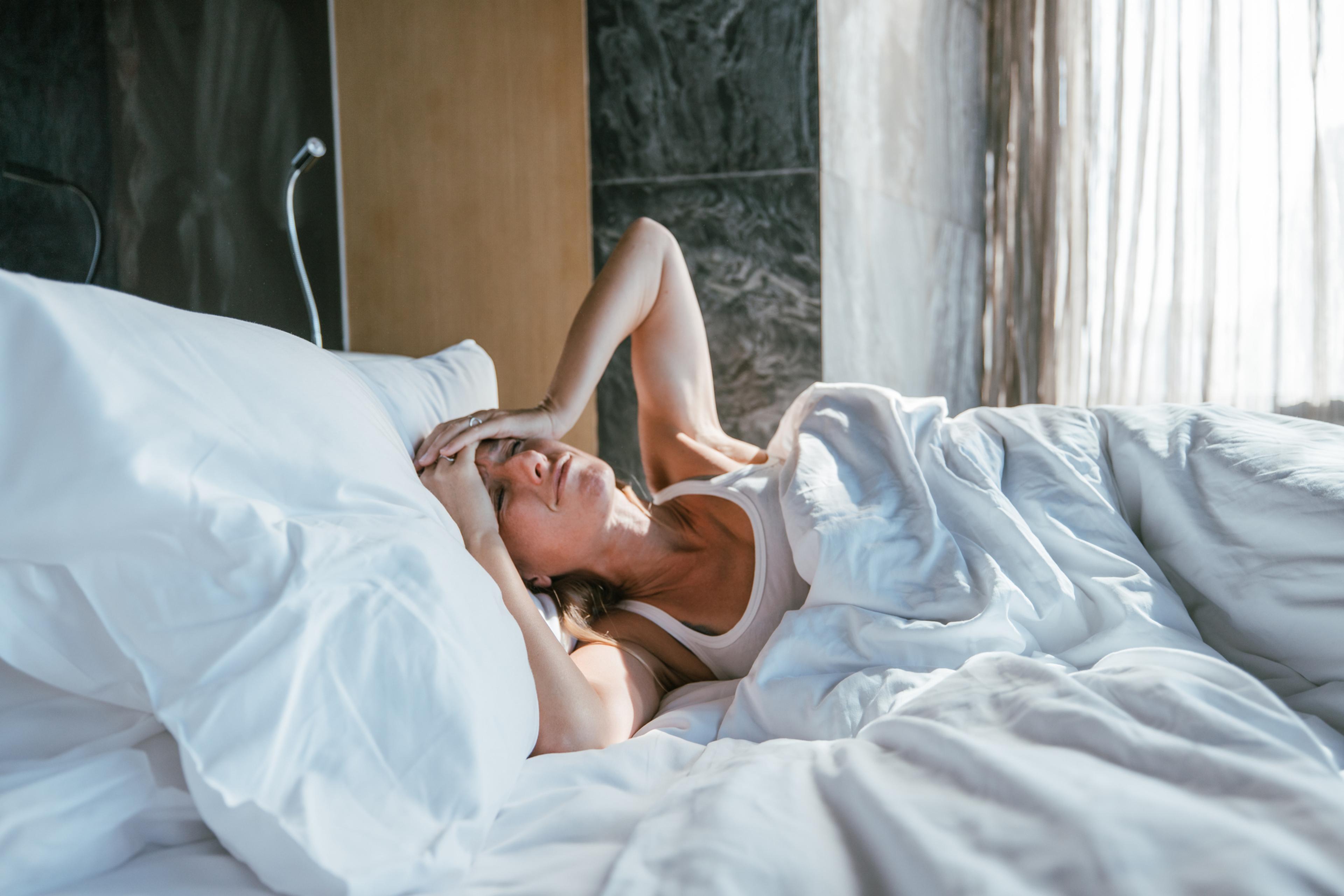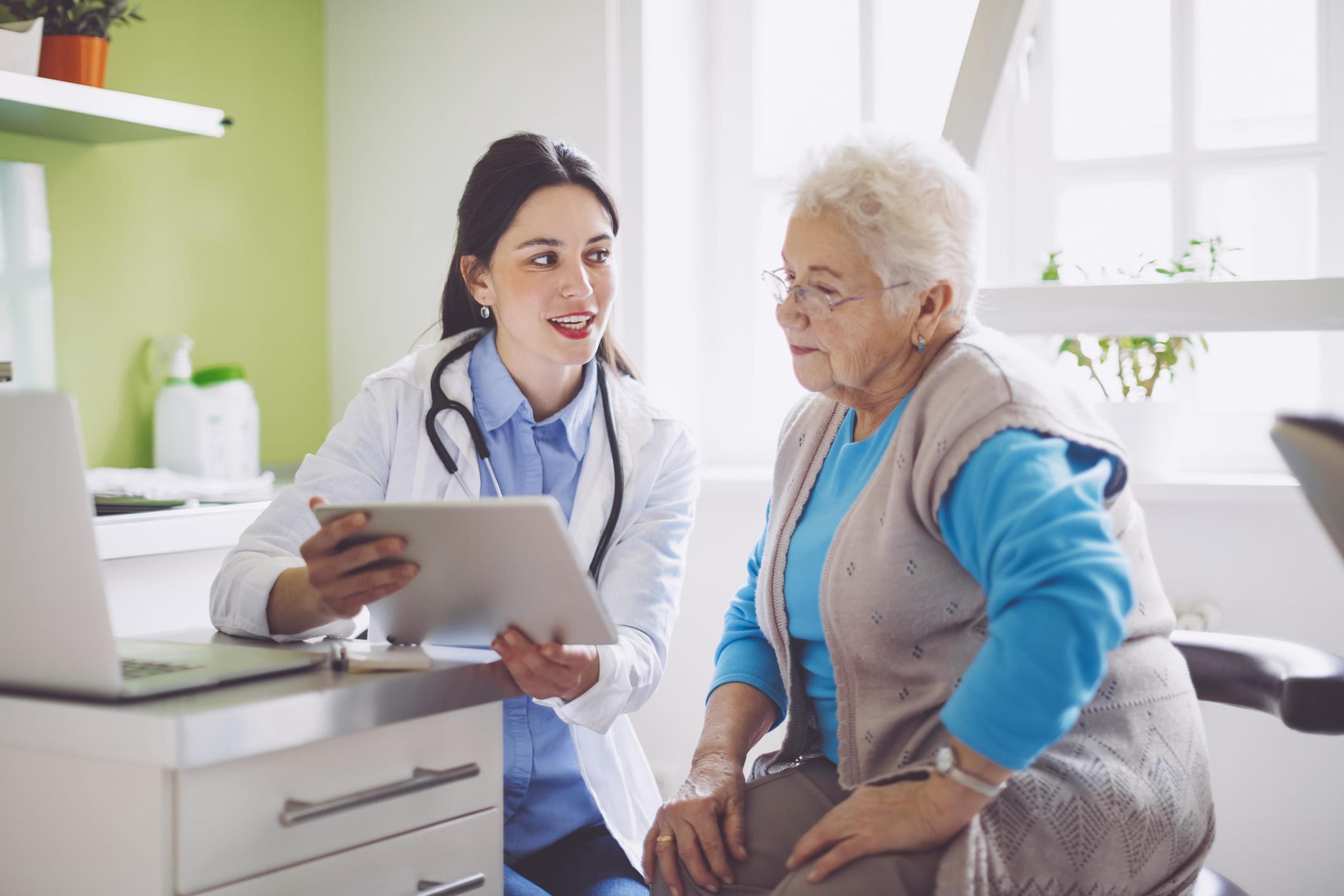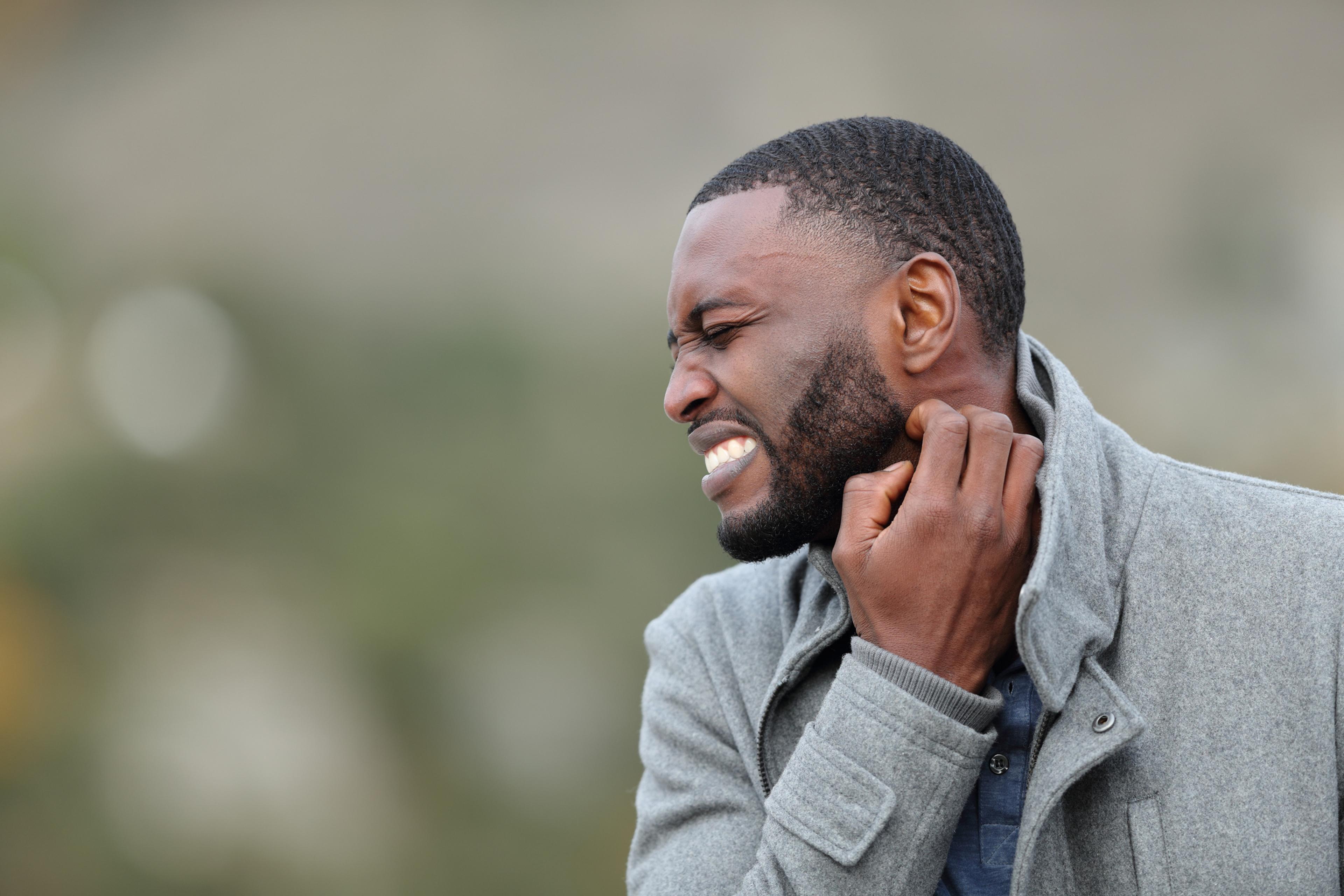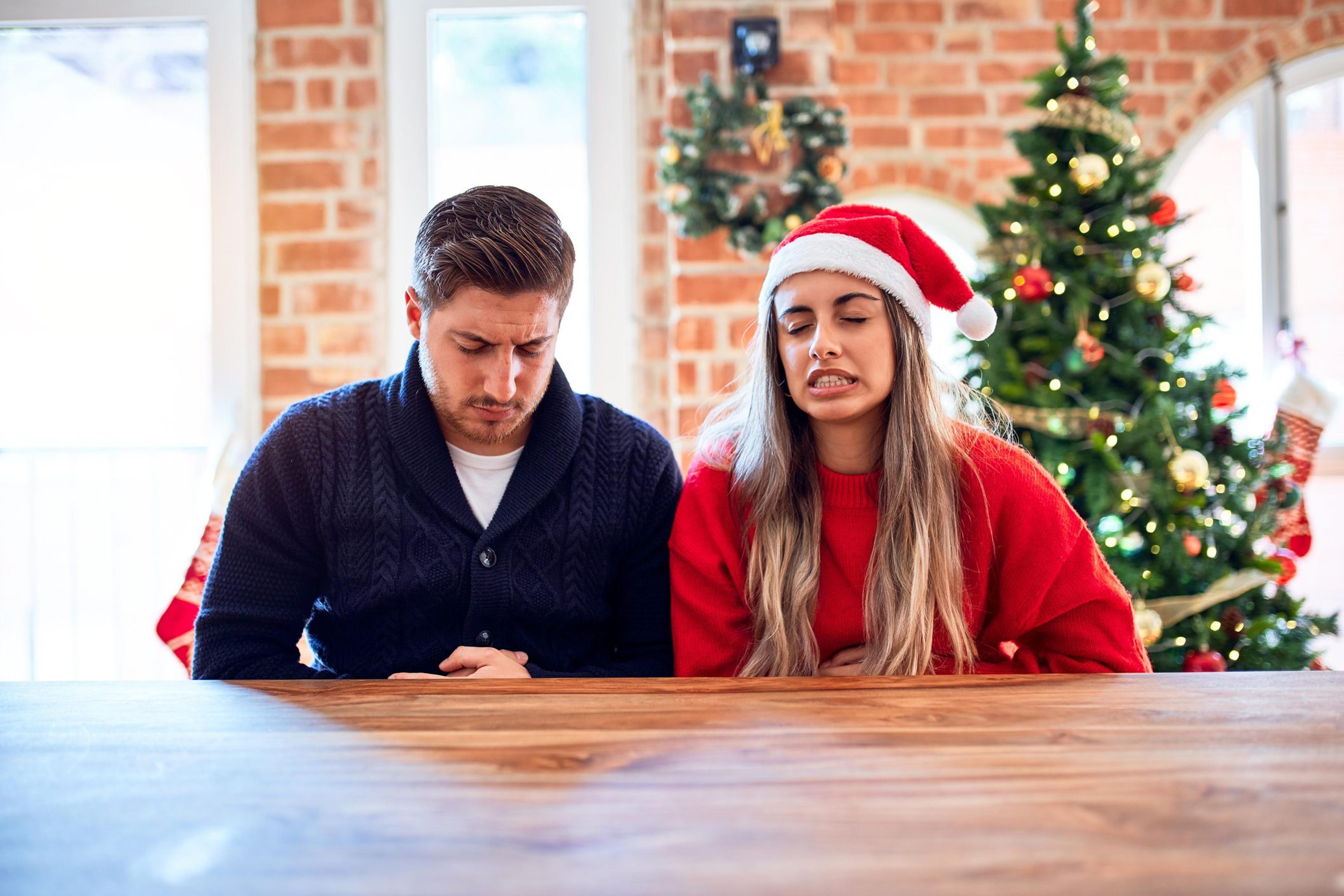Sun Poisoning Symptoms: When to Get Help

Grace Trelease
| 3 min read
Grace Trelease is a Corporate Communications Intern for Blue Cross Blue Shield of Michigan. She is currently a junior studying public relations at Syracuse University with a minor in marketing.
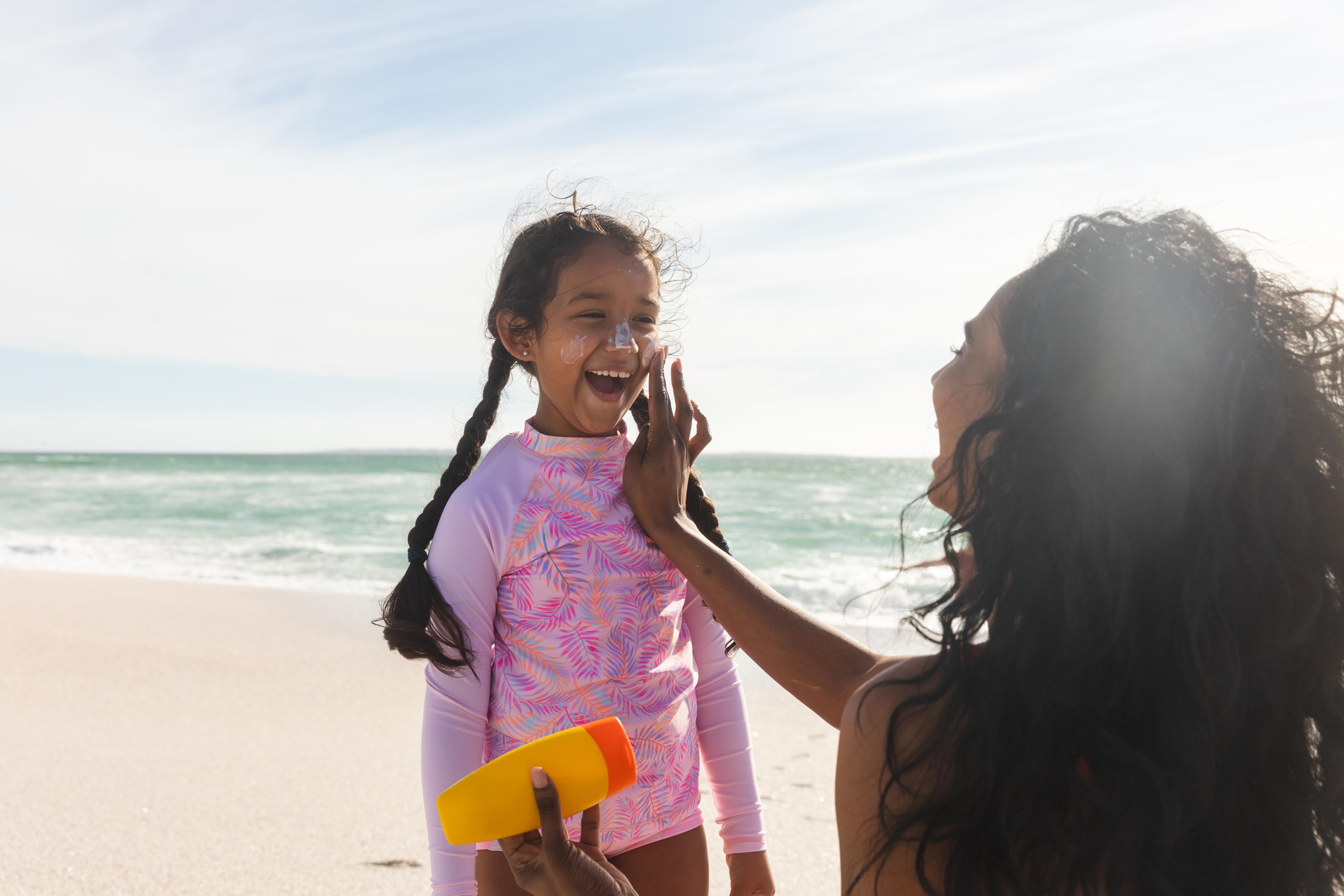
Have you ever spent time outside only to realize you ended up with a sunburn?
More than half of adults age 18 to 29 report getting a sunburn each year, according to the Cleveland Clinic. However, sometimes things can take a turn for the worse. If your burn starts to itch and burn, you start to feel chills, thirst or even nausea, you may have gotten sun poisoning.
Learn more about sun poisoning, the symptoms and when to get help.
What is sun poisoning?
Sun poisoning is not a formal medical term, but it means that you received an excessive amount of sun. It’s important to note that “sun poisoning” doesn’t mean you have been poisoned. It’s an intense sunburn and it can cause more severe symptoms, according to Harvard Health.
Sun poisoning symptoms
The symptoms of sun poisoning can appear more severe than typical symptoms of a sunburn. It takes a few hours for these to develop and depending on the severity, symptoms are different for everyone. Some symptoms of sun poisoning, according to the Cleveland Clinic, include:
- Rash
- Blistering or peeling skin and lips
- Dehydration
- Dizziness and/or lightheadedness
- Confusion
- Shortness of breath
- Nausea
- Fainting
Many of these symptoms are a result of dehydration. If you are experiencing nausea, dizziness or lightheadedness, drink plenty of water and electrolytes to rehydrate.
The symptoms of sun poisoning can last up to a few weeks, depending on how severe the burn is, according to the Cleveland Clinic. Picking and scratching at the burn can result in a possible risk of infection, so it is best to leave it alone during the healing process.
When to get help
Sun poisoning can lead to more intense symptoms that require medical attention. If you are experiencing any of the following, contact your primary care provider (PCP) for assistance:
- Bright red skin
- Oozing blisters
- Fever
- Intense pain
- Feeling extremely cold
- Headache
- Nausea or vomiting
A PCP may treat you by prescribing antibiotics, topical wound creams or by giving you fluids through an IV to combat dehydration, according to Brown University Health.
If you are experiencing less severe sun poisoning symptoms that do not require medical attention, there are some at home remedies that can help relieve some pain:
- Take cold baths or showers
- Apply aloe vera or moisturizer to the burn
- Drink lots of water
- Take analgesic medications as needed such as ibuprofen or Tylenol for pain relief
How to prevent sun poisoning
There are a few ways to prevent sun poisoning, according to Harvard Health:
- Wear ultraviolet protection factor (UPF) clothing: wearing long sleeves, wide brimmed hats, sunglasses, dark colors and thick clothes can help reduce the amount of sun exposure your skin gets.
- Use sunscreen: using a broad-spectrum sunscreen with a sun protection factor (SPF) of at least 30 can help prevent sunburn and sun poisoning. Reapply sunscreen every two hours.
- Spend more time indoors: staying out of the sun during peak hours (10 a.m. to 4 p.m.) and if you are outside, find a shaded area.
Photo Credit: Getty Images
Related:

